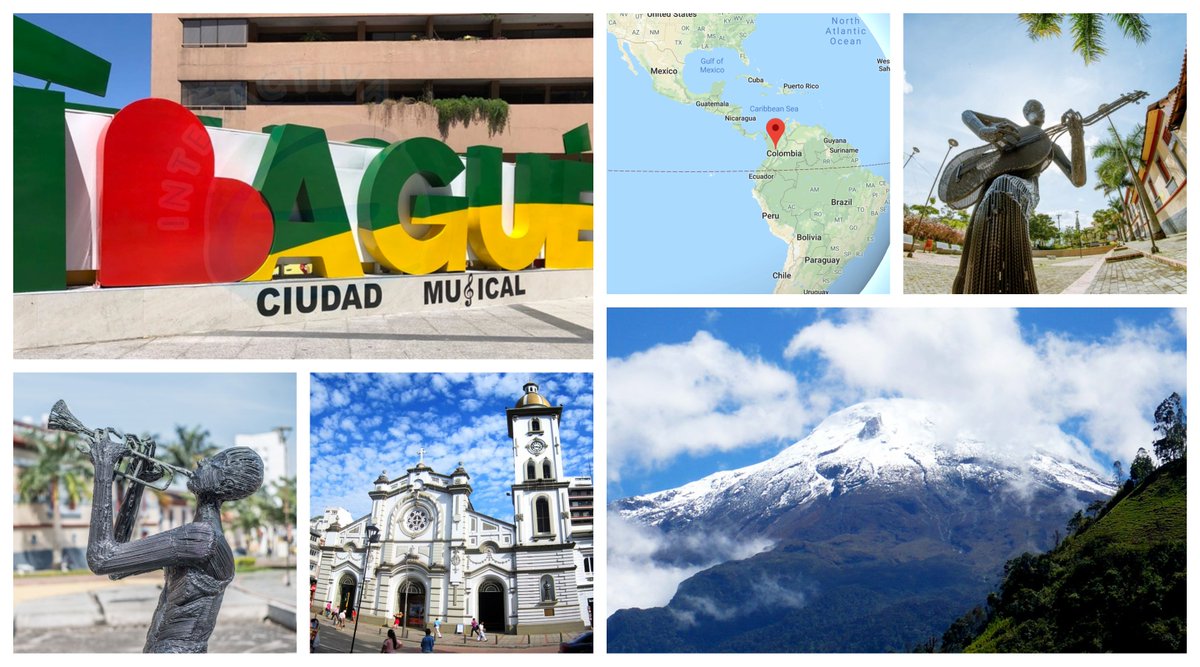This is a fascinating history book, about Asian Americans, and about official U.S. policies that helped create the "model minority" stereotype.
The results were interesting, and very mixed.
Of course, you know my favorite example of this:
The U.S. was imperially entangled in East Asia, and communism was sweeping the region. America needed to present a positive alternative.
It also heavily promoted anti-communist activism by Asian Americans in the U.S.
A few Asian American writers embraced this contrast too, prompting ferocious debates within the Asian American community.
Anyway, this is a fascinating book, and I recommend it to everyone.
amazon.com/Color-Success-…
(end)









